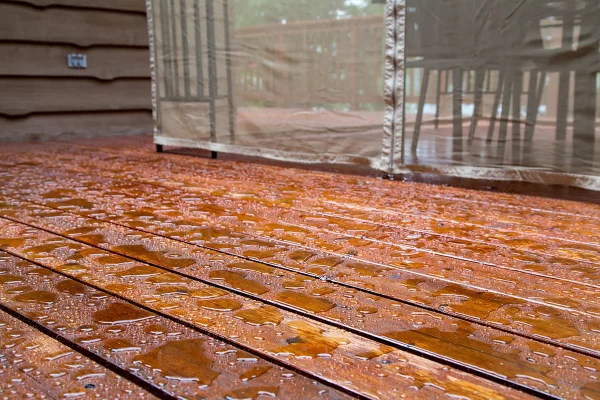Wall tapestries are the best way to decorate your room more uniquely than the standard framed gallery view. They consist of different themes and are exquisite textile art. You can hang them over a plane surface, wherever you have space to spare. Here are some ideas by Fine Art America to help you turn your tapestry up.
Rods and Finials
Using rods and finials are the standard way to hang tapestries. Tapestry rods are almost like curtain rods, but the difference is that the rods are closer to the wall. The former completes a look of being tapered to the wall but gives breathing space in between, usually by one to three inches, if you use the set’s brackets. Moreover, if you have sheetrock walls and aka dry walls, the lime content will negatively affect your tapestry and ruin them. We don’t want that, now do we?
Canopy
A canopy is a unique way to style your tapestry. Extend the textile art from the wall to the ceiling. That will put your interior into a more cozy space and make it more intimate and colorful.
Velcro
Velcro is a self-adhesive tape that will allow you to stick the tapestry to the wall. You won’t have to put holes or disturb your wall or your fabric at all! Perfect for those who live on rental. You stitch the velcro strips on the backside of the tapestry. This method is also excellent for those who wish to change their interior frequently or seasonally because they can easily swap. Now you don’t have to worry about your interior not matching the party’s aesthetic.
Baseboard
Tapestries come in different materials; hence they have different weights too. Weighty tapestries need more support than others to hang correctly, and baseboards are perfect for that. Choose a board that would fit into the rod pocket of your tapestry. Don’t worry if yours does not! You can easily sew one. Make sure you cut the board, so it is smaller than your tapestry’s width. Pocket the tapestry into the board and sew it shut.
Nails
Sticking your tapestry on the wall with nails is a super fast and easy way to hang the textile art. This approach is suitable for thicker weaves. Otherwise, there might be some eventual damage to your fabric. A row of nails shows a smooth and straight look, but it will not give the tapestry room to breathe. (As mentioned above, it needs one to three inches of space between the fabric and the wall)
Final Note
We hope the tips will give you more ideas on how to hang your tapestry. Feel free to be as creative as you like- you can frame. However, we would like to advise you not to keep it under direct sunlight as the art may fade away in some fabrics. Customize your tapestries to suit your needs and beautify your space. Implement the guidelines of design to make sure the tapestry remains in harmony with space overall.


